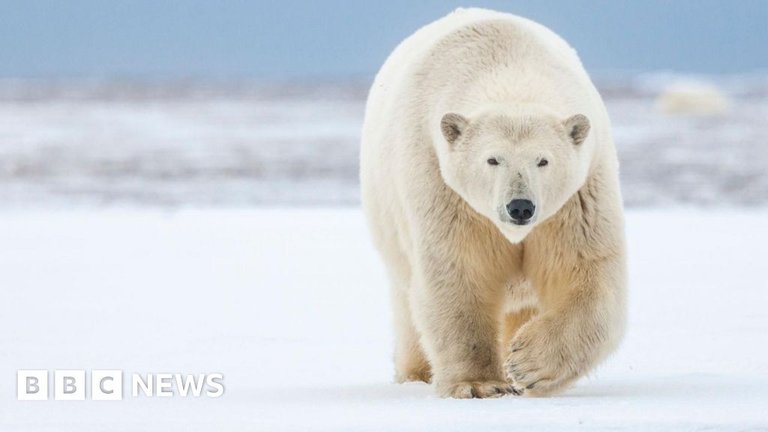Polar bears may have roamed ice age Scotland
Recent analysis indicates that the ancient remains discovered in caves may belong to ancient polar bears. This finding raises the possibility of a previously unknown presence of polar bears in historical times and provides insight into the species' evolutionary history.
The discovery has significant implications for our understanding of the distribution and behavior of polar bears in the past, shedding light on their adaptation to changing environments and contributing to our knowledge of ancient ecosystems.

1/ Researchers believe polar bears may have lived in Scotland during the last ice age. Fossil evidence from the Bone Caves in Assynt suggests an unexpected connection
2/ The Bone Caves, found in limestone cliffs in the Scottish Highlands, are over 200,000 years old. They’ve preserved remains of animals now extinct in Scotland, like wild horses and wolves.
3/ Advancements in chemical analysis have allowed scientists to re-examine bear fossils from these caves. What they found challenges earlier assumptions about these ancient bears.
4/ Some of the bear remains, originally identified as brown bears, had diets almost entirely based on seafood. This unusual diet closely resembles that of modern polar bears.
5/ Unlike today’s brown bears, which eat plants, land animals, and some fish, these bears lived on a diet dominated by seafood. This raises questions about their identity and lifestyle.
6/ The researchers suggest two possibilities: these bears were either a subspecies of brown bear or possibly polar bears. Their diet and habitat suggest a fascinating overlap.
7/ Polar and brown bears are known to share habitats in modern times. This finding indicates such overlaps may have also occurred thousands of years ago during the ice age.
8/ DNA analysis is now being conducted with collaborators in Sweden to determine the exact species of these bears. This could confirm whether they were polar bears or not.
9/ Scotland’s landscape during the ice age was vastly different from today. The Bone Caves, nestled in steep mountain cliffs, offer a glimpse into a time when ecosystems were shaped by glacial activity.
10/ The ice age ended about 15,000 years ago, but it left behind clues like these fossils that tell the story of how animals adapted and survived in extreme climates.
11/ Fossils from the Bone Caves reveal not just ancient bears but also other species like lemmings and lynx, showing how diverse Scotland’s prehistoric wildlife was.
12/ Professor Kate Britton from the University of Aberdeen explained that the seafood-rich diet of these bears sets them apart from other bears in Scotland during the same period.
13/ This discovery adds to global research on how species adapted to environmental changes. For instance, polar bears today are adapting to shrinking ice habitats caused by climate change.
14/ Findings like these also shed light on migration patterns and survival strategies. Could these ancient bears have been ancestors of today’s polar bears? The evidence is intriguing.
15/ The research was published in Annales Zoologici Fennici and highlights the collaborative efforts of National Museums Scotland and universities in Aberdeen and Edinburgh.
16/ Scotland’s prehistoric biodiversity is a fascinating subject. The Bone Caves, with their rich fossil deposits, continue to reveal details about life during the last ice age.
17/ This study is a reminder of how much we can learn about the past through advancements in science. Each discovery brings us closer to understanding ancient ecosystems.